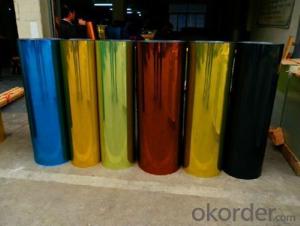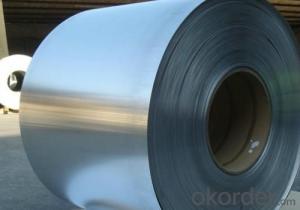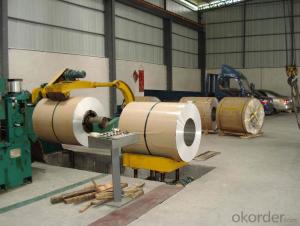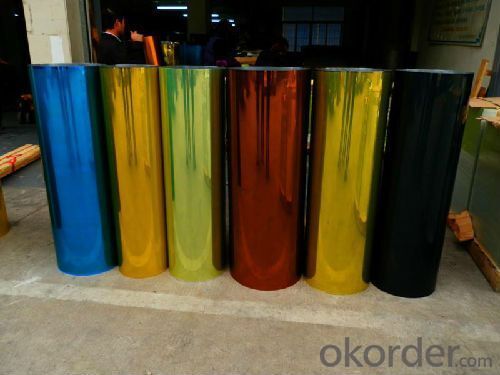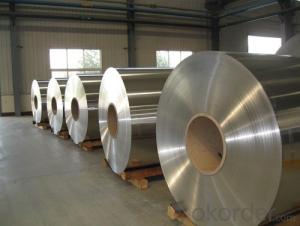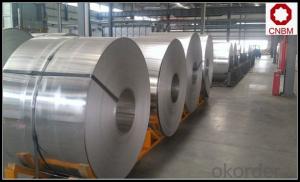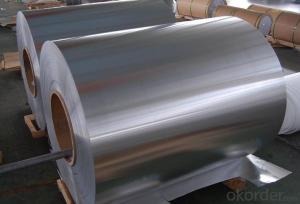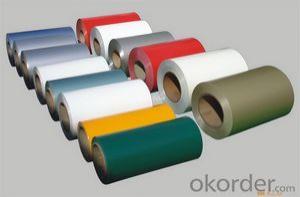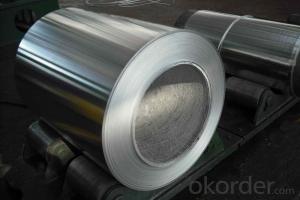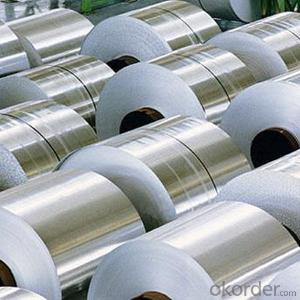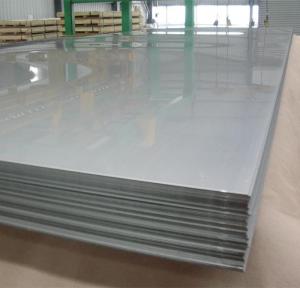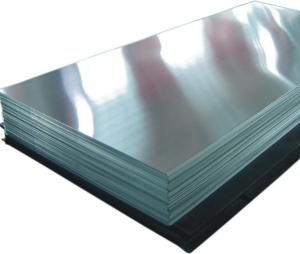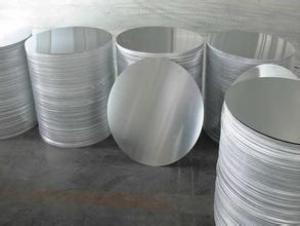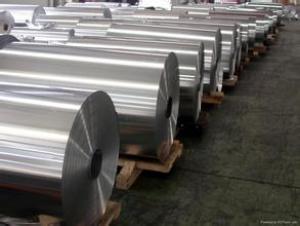Thin Aluminum Sheets - Mill Finish Aluminum Coil AA1050, 1100, 3003
- Loading Port:
- Shanghai
- Payment Terms:
- TT OR LC
- Min Order Qty:
- 5 m.t.
- Supply Capability:
- 9000 m.t./month
OKorder Service Pledge
OKorder Financial Service
You Might Also Like
Specification
Specifications
Alloys: 1050, 1100, 3003, 3004 3005, 3105, 5005, 5052, 6061, 6083 8011, etc O-H112
Thick: 0.09 - 150mm
Widths: 35 - 2,450mm
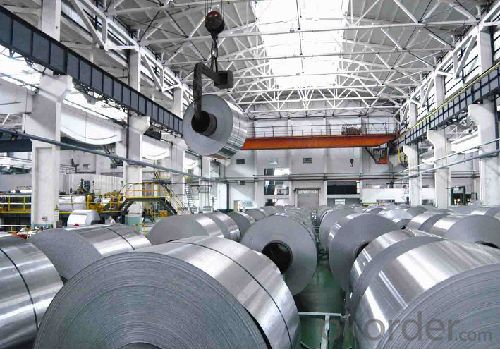
Perforated/Slitting Mill Finish Aluminum Strip Coil | |
Grade and Temper | Alloys: 1050, 1100, 3003,3004 3005, 3105, 5005, 5052, 6061,60838011,etc Temper: 0-H112 |
Widths | 35mm – 2,450 mm available |
Thickness | 0.09mm – 150mm |
Treatment | Perforated, Slitting ,Stucco Embossed and Coated |
Coil Specifications | I.D.: 405mm, 505mm O.D.: 800mm - 1270mm |
Packing Detail | Wooden pallet either eye to wall or eye to sky |
Application | Perforated Aluminum Ceiling Panel, Conner Bead, sifter for mechanical equipment and Fencing, etc. |
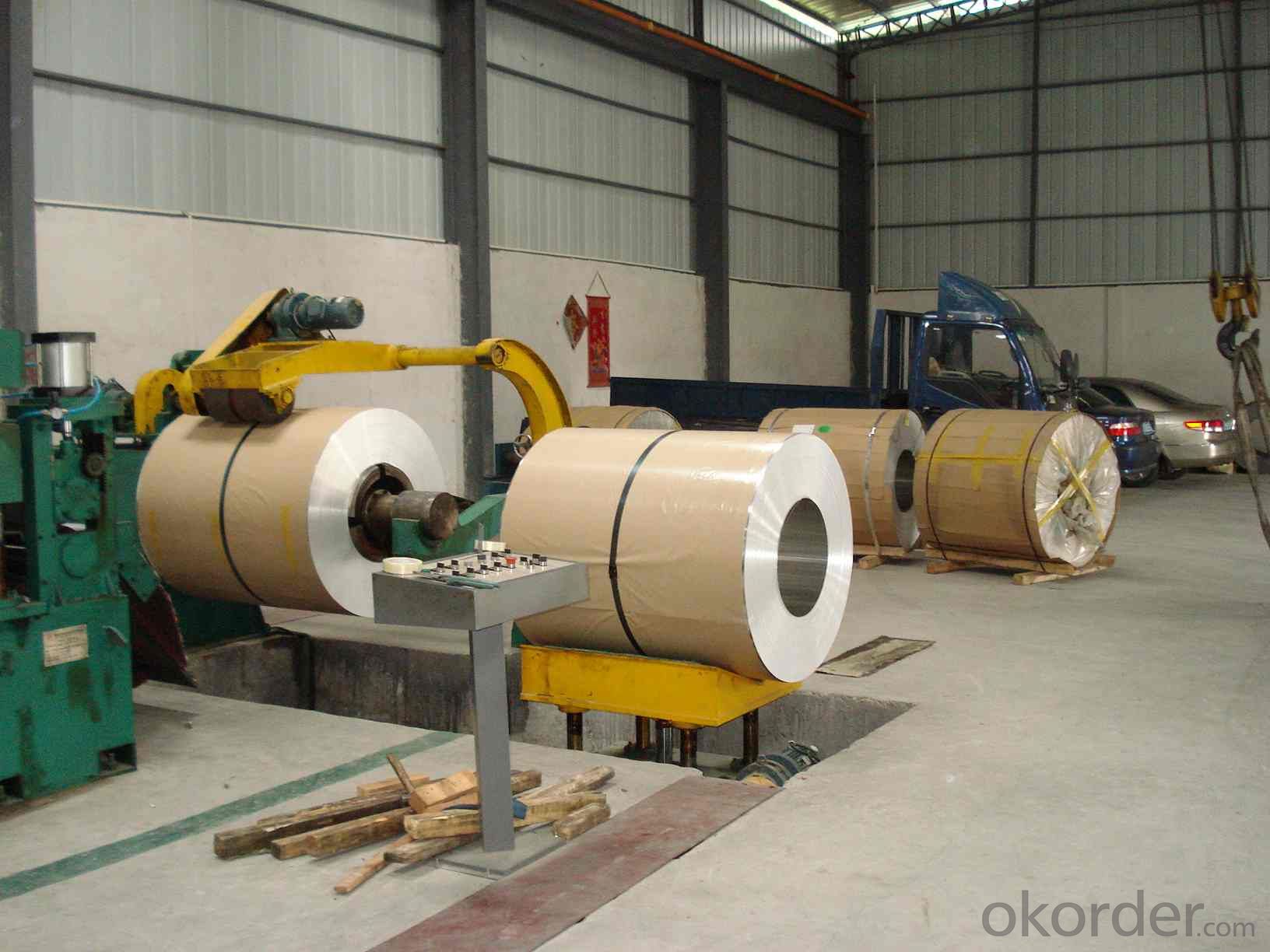
Application
For Mill Finish: Perforated Alumonum Ceiling Panel, Conner Bead, Sifter for Mechanical Equipment and Fencing. etc.
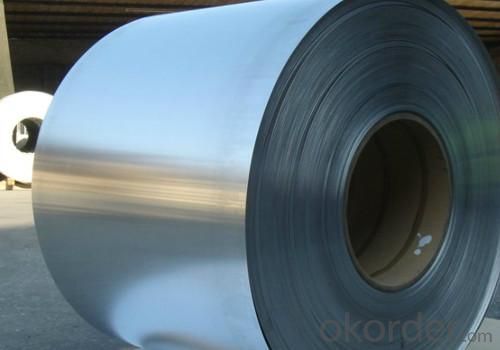
- Q: Can aluminum sheets be used for window frames?
- Indeed, window frames can be made using aluminum sheets. The utilization of aluminum for window frames is widespread because of its durability, lightweight characteristics, and ability to resist corrosion. Aluminum frames provide exceptional strength and stability and can be effortlessly tailored to suit any window size or shape. Moreover, aluminum frames necessitate minimal upkeep and can be painted or anodized to match any preferred color or finish. In summary, aluminum sheets serve as a versatile and dependable material for the construction of window frames.
- Q: Explain the impact of aluminum sheets on the thermal insulation of a building.
- <p>Aluminum sheets, due to their high thermal conductivity, can significantly reduce the thermal insulation of a building. They allow heat to transfer easily through them, which can lead to increased heat loss in winter and heat gain in summer. This can result in higher energy consumption for heating and cooling, making the building less energy-efficient. However, when used in combination with proper insulation materials and techniques, aluminum sheets can still be part of an effective building envelope, provided their thermal bridging effects are mitigated.</p>
- Q: Are 101 aluminum sheets suitable for decorative purposes?
- Yes, 101 aluminum sheets are suitable for decorative purposes. These sheets are made of high-quality aluminum alloy, which provides a sleek and polished appearance. They have excellent corrosion resistance and are easy to clean, making them ideal for use in decorative applications. Additionally, 101 aluminum sheets can be easily cut and shaped, allowing for creative designs and customization. Whether it's for interior or exterior decoration, these sheets can be used for various purposes such as wall cladding, signage, furniture accents, and more. With their durability and aesthetic appeal, 101 aluminum sheets are a great choice for adding a touch of elegance to any space.
- Q: Are aluminum sheets lightweight?
- Yes, aluminum sheets are lightweight due to the low density of aluminum, making them ideal for various applications where weight is a concern.
- Q: Can aluminum sheets be used for architectural applications?
- Architectural applications can definitely make use of aluminum sheets. Aluminum, being a lightweight and versatile material, offers numerous advantages for architectural projects. It possesses durability, resistance to corrosion, and the ability to withstand extreme weather conditions, making it an ideal choice for different architectural applications like roofing, cladding, facades, windows, doors, and decorative elements. The availability of aluminum sheets in various thicknesses, finishes, and colors allows architects and designers to achieve their desired aesthetic while maintaining structural integrity. With the material's flexibility in being easily shaped, bent, and formed into complex designs, architects are provided with creative freedom and flexibility. Aside from its aesthetic appeal, aluminum is also an environmentally sustainable choice for architectural applications. It is highly recyclable, contributing to a high recycling rate and promoting eco-friendly options. The use of aluminum sheets in architectural projects helps in reducing the carbon footprint and promoting sustainable design practices. Moreover, aluminum sheets offer excellent thermal and acoustic properties that contribute to energy efficiency and sound insulation in buildings. The material aids in reducing energy consumption and enhancing occupant comfort, making it an attractive option for architects and building owners. In conclusion, the versatility, durability, sustainability, and aesthetic appeal of aluminum sheets make them a popular choice for architectural applications. They provide numerous benefits and can be utilized in various ways to create stunning architectural designs while ensuring long-lasting performance.
- Q: Calculate the molar mass of the aluminum oxide. A 5.00g strip of aluminum is reacted in air, producing an oxide weighing 9.36g. Calculate the percent oxygen and aluminum in the compound.Calculate the % error for percent of aluminum calculated.
- 1) Yes, indeed. Al?O? is the correct formula for aluminum oxide. Because the ionic formula is Al?? and O??. (Aluminum has an oxidation number of 3+ ; and oxygen has an oxidation number of 2- . So a neutral ionic compound will have the formula Al?O?. Each element will take the number of the opposite ion.
- Q: How does the thermal conductivity of aluminum compare to other metals?
- Aluminum has a relatively high thermal conductivity compared to many other metals. It is surpassed only by a few metals such as copper and silver, which have even higher thermal conductivity values. However, aluminum's thermal conductivity is still significantly higher than most other commonly used metals.
- Q: Can aluminum sheets handle high temperatures?
- Yes, aluminum sheets can handle high temperatures. Aluminum has a high melting point of 1220°F (660°C) and excellent heat transfer properties, making it suitable for various applications that involve exposure to high temperatures.
- Q: i know the 4100 is aluminum........im wondering if this one is also..
- no not aluminum heads, aluminum block. Cadillac 4.5L DFI V8 Vin 5 155hp 4000 RPM 240tq 2600 RPM 3.62 inch bore, 3.31 inch stroke 9.0:1 compression ratio Aluminum block, cast-iron heads Cadillac 4.5L SPFI V8 Vin 3 180hp 4300 RPM 245tq 3000 RPM 3.62 inch bore, 3.31 inch stroke 9.5:1 compression ratio Aluminum block, cast-iron heads
- Q: Is aluminum sheet recyclable?
- Yes, aluminum sheet is highly recyclable. Aluminum is one of the most sustainable and environmentally friendly materials, as it can be recycled indefinitely without losing its quality. The recycling process of aluminum sheet involves melting it down to its liquid form, which requires significantly less energy compared to the production of primary aluminum from raw materials. Recycling aluminum sheet not only conserves natural resources but also reduces greenhouse gas emissions and saves energy. It is estimated that recycling one ton of aluminum sheet saves about nine tons of CO2 emissions. Therefore, aluminum sheet recycling is not only economically viable but also an essential practice for maintaining a sustainable and eco-friendly environment.
Send your message to us
Thin Aluminum Sheets - Mill Finish Aluminum Coil AA1050, 1100, 3003
- Loading Port:
- Shanghai
- Payment Terms:
- TT OR LC
- Min Order Qty:
- 5 m.t.
- Supply Capability:
- 9000 m.t./month
OKorder Service Pledge
OKorder Financial Service
Similar products
Hot products
Hot Searches
Related keywords
